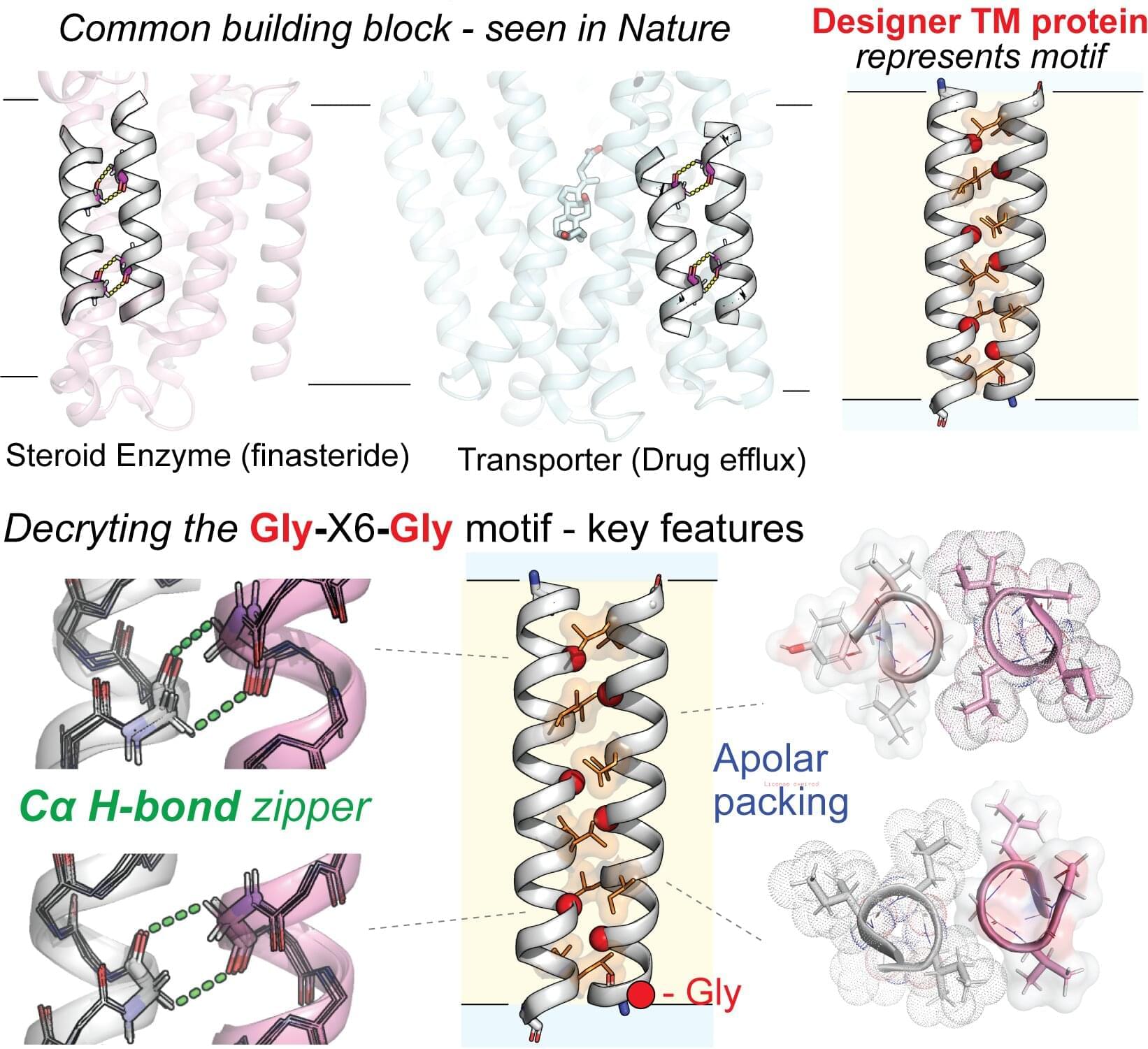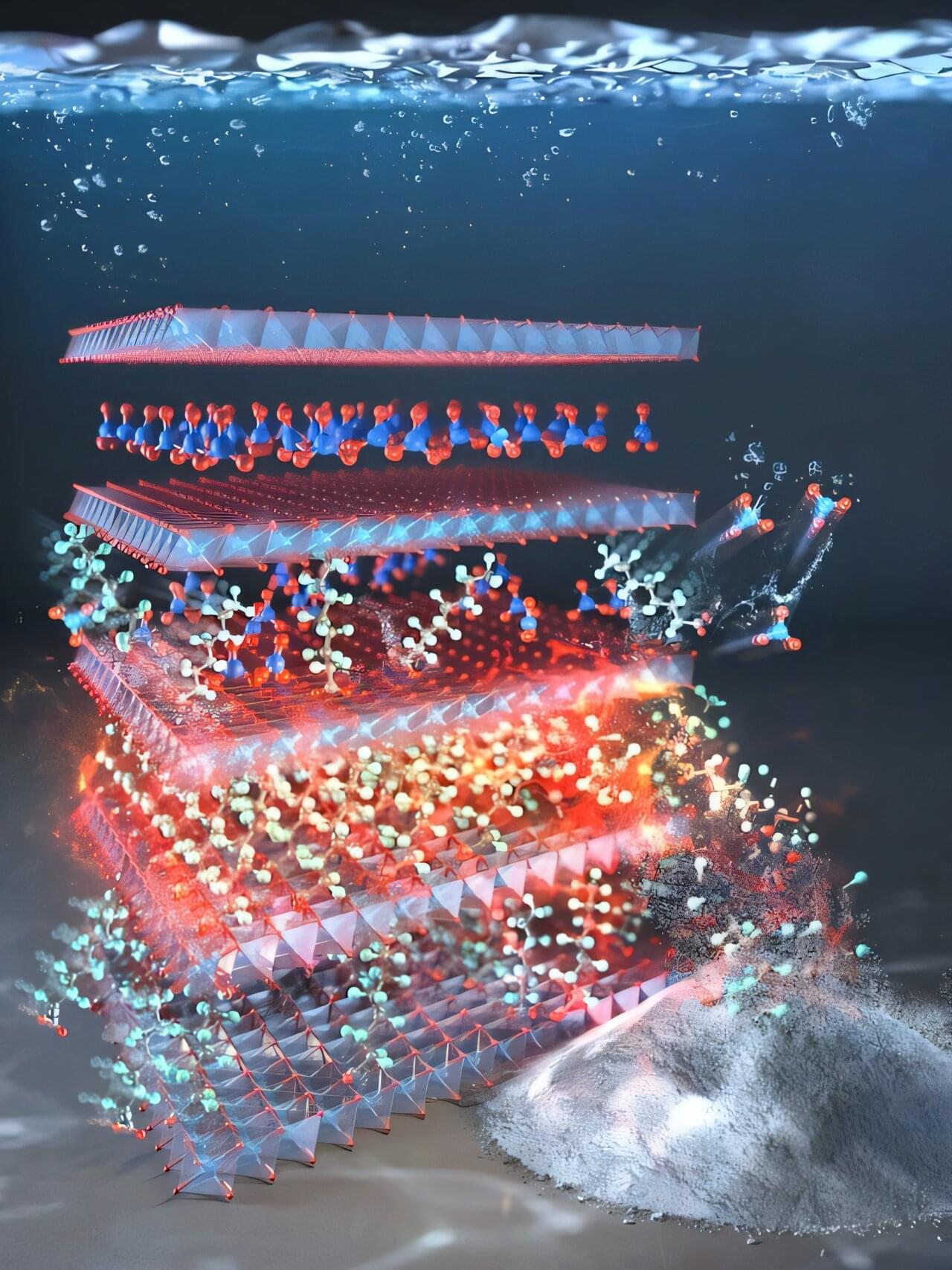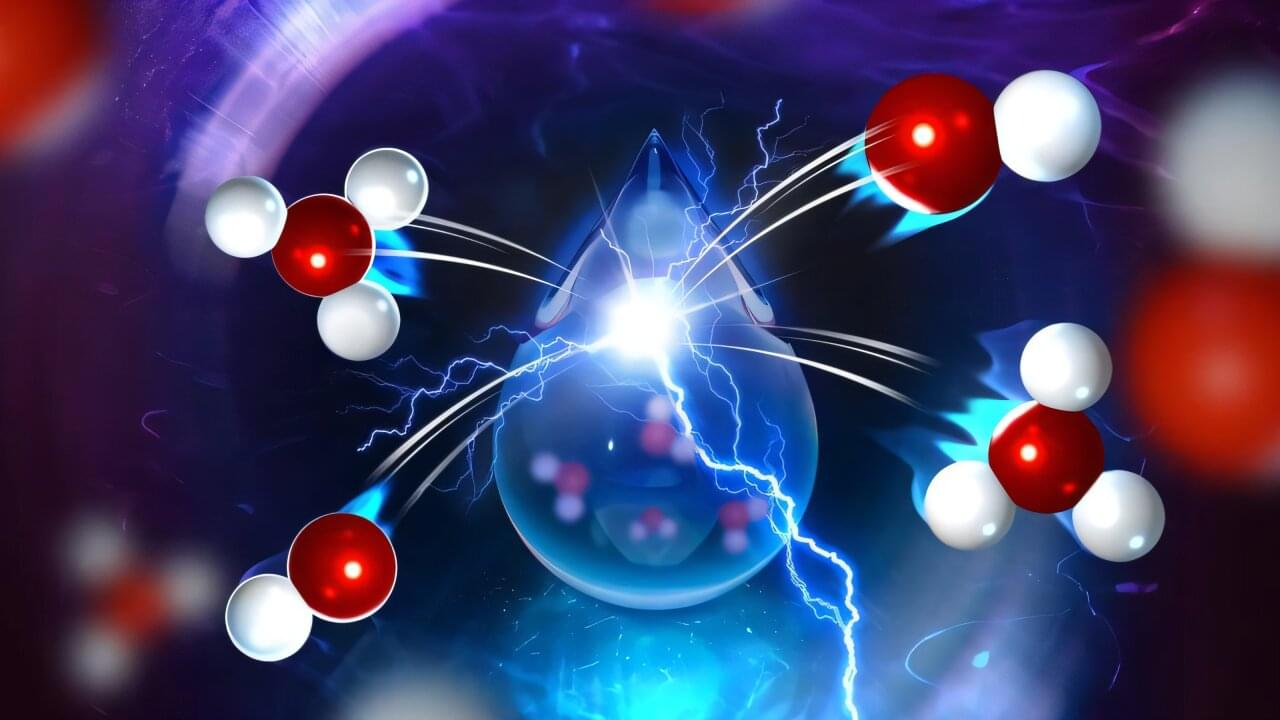The strong opioid painkiller tramadol is not significantly effective at easing the chronic pain for which it’s widely prescribed, finds a pooled data analysis of the available research, published in BMJ Evidence-Based Medicine.
It likely increases the risk of serious side effects, including heart disease, the findings indicate, prompting the researchers to conclude that the potential harms of tramadol probably outweigh its benefits, and that its use should be minimized.
Tramadol is a dual-action opioid widely prescribed for the treatment of moderate to severe acute and chronic pain. As such, it’s recommended in several medical guidelines for pain management, note the researchers.









